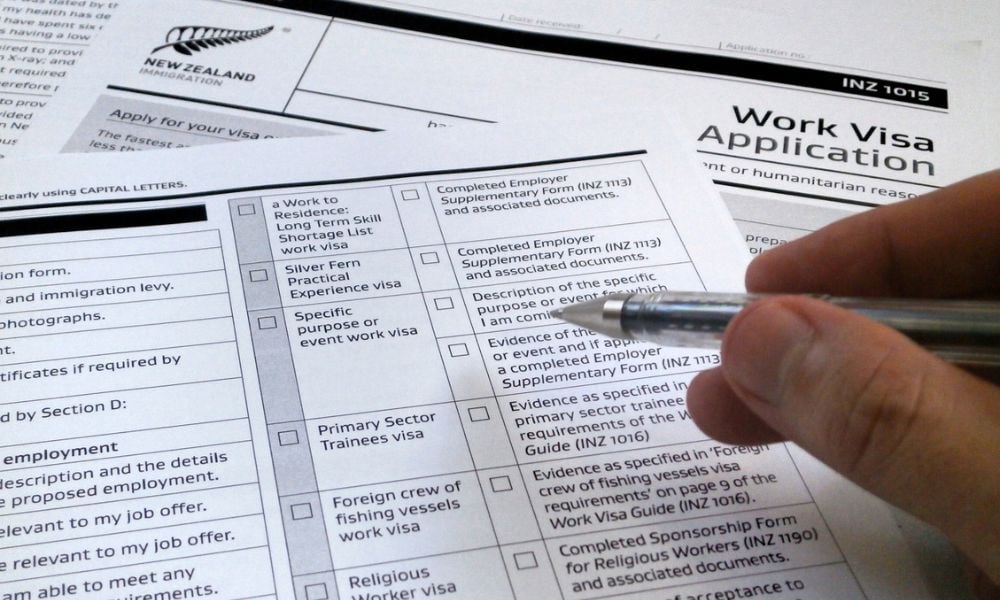Are leaders doing enough to support workers’ well-being?

Singapore is known for many things and unfortunately high levels of stress is one of them. Citizens and residents have had to deal with high-stress environments from young, with pre-nursery becoming more and more common amongst families today. That means, parents are getting waitlisted for pricey spots in schools for their toddlers who are barely two years old, just to make sure their kids don’t “fall behind” their peers.
While the government has been trying to help society shift mindsets that it’s necessary to get in on the stressful rat race early in life to secure a lifetime of success, a lot more needs to be done before the country gets better at managing their overall well-being.
It’s no surprise then that all of this translates into the working world. Year after year, Singapore has managed to top global or regional indexes that aim to answer the question of ‘how stressed out are your workers?’. It’s yet another competition that the city-state has managed to sweep annually – except it’s costing corporations billions to help individuals deal with consequences like a deterioration of health, both mental and physical.
We didn’t need a pandemic to tell us how stressed out we all are, though it did take a crisis to remind us to properly reflect on our priorities in life and career. However unfortunately, the past year has also added a new facet to our pressurised lives with ‘pandemic stress’ becoming an additional issue to deal with.
Read more: Microsoft report reveals true state of pandemic stress
How stressed are your employees?
So this is the million-dollar question with a billion-dollar answer for bosses: how stressed are employees here? If you looked at it in the ‘big picture’ sense of things, Cigna Singapore found that nine in ten of workers are stressed at work. That’s almost every one of your staffers – and this study was done pre-COVID to boot, sometime in 2019.
Almost one in eight survey respondents said their stress is unmanageable. What’s worse, most go undetected as the survey found that only half (55%) show signs or talk about their stress – suggesting they may be hiding it or are simply uncomfortable talking about it.
ADP also found similar findings in December 2020. More than a quarter of employees here said they weren’t comfortable talking to anyone at work about their mental health. This is concerning as about 72% of employees said they experienced a spike in their stress levels at least once a week. Both figures were much higher than the average for Asia Pacific region.
And if you’re talking about an ‘always on’ culture, ADP found that it’s a norm for a third of employees to spend around six to 10 hours of unpaid overtime weekly – something that is not only demoralising but can further exacerbate the stress contagion within organisations when sustained over periods of time.
Read more: Burnout-related cases costing Singapore billions
Stress a silent killer at work – Can leaders help?
We spoke with Yvonne Teo, VP HR (APAC) at ADP to get some perspective on the issue and some tips for leaders to help manage their teams. Right from the get-go, she shared some observations around why stress remains a major health issue in cities like Singapore and Hong Kong.
“We are very hard workers and ambitious,” Teo told HRD. “We do not want to show managers our ‘weaker side’. For example, you want to show your manager the best [version of] you. You want to be the highest performer.
“It’s the environment and background [we’re from]. It’s the way that we grew up. Even the school education system has sort of trained us that way: ‘You have a personal problem – you solve it. Don’t bring it to the office.’ So I guess it’s the whole [idea] that you’re a product of your environment, and it has actually brought us to where we are.”
Despite this, over the years she has noticed a shift in the awareness and acceptance of mental health issues here. She said studies have shown that while there has been a rise in reports around mental ill health, for example anxiety, more people are seeking medical help. Anecdotally, she has also a shift in the way Singaporeans talk about mental health.
“My children have told me that their classmates are undergoing therapy sessions,” she said. “Now I feel…it’s actually more open, so the shift is that people are now more aware.”
Read more: MOM launches digital tool to combat workplace stress
Steps to help employees manage stress
As we experience a gradual shift in attitude towards things like stress and mental wellness, be it in government, schools, or the society, there are always steps that leaders can take to help drive the culture at work. The first step, like in most scenarios, is to lead by example.
-
Managers/leaders should walk the talk
Teo said that it’s critical that you practise good habits in your day to day and communicate it with the team. This could be simple things like taking frequent breaks during your work day, having a proper lunch preferably away from your desk, or sharing what activities you liked to do to relax.
“I’ve actually got a new habit right now where I actually walk my dogs during lunch,” she said. “The manager’s involvement is very important to make sure that employees are also taking care of their own health. Because ‘if my manager can do it and it’s the right thing to do, then I will do it’.”
Read more: Should lunch breaks be mandatory?
-
Invest in and tell staff about the company’s EAP
Many companies have an Employee Assistance Program (EAP) but fail to remind staff that they can tap onto the benefit. This is especially crucial for staff who aren’t comfortable speaking to teammates about their condition but are unsure about seeking medical help.
-
Connect with employees during regular check-ins
Everyone’s been talking about the importance of having regular check-ins, but Tea reminded that you must be sincere during these calls and show genuine concern for the individual beyond just work. This is how you develop a relationship with your team members and sustain a culture of trust.
“Right now people are working from home, so you have to have regular check-in calls,” she said. “These check-ins are not just about ‘firefighting’ – it’s not just about talking about problems at work. But it’s extended to, ‘how are you feeling?’”
Sustaining regular calls can help leaders build a connection as you get to know each other, whether it’s about your pets or your families, for example. Teo shared that as a regional leader, she makes it a point to have regular chats with both her direct and indirect reports. It’s helped her team build mutual trust.
She also makes clear that staff can always approach leaders for help even if they aren’t their managers. This creates an open environment and allows employees to speak with whoever they’re most comfortable with.
“When it comes to taking care of employees’ mental wellness, managers have to be very involved, and it’s not just talking when there are problems,” she said. “It actually takes a lot more effort now [with remote work], so you can’t wait until the end of the year to talk [during] performance appraisals.
“It’s also important that even when teams don’t meet, you [should] spend some time on a zoom call just to catch up and maybe talk to one another to find things out.”








